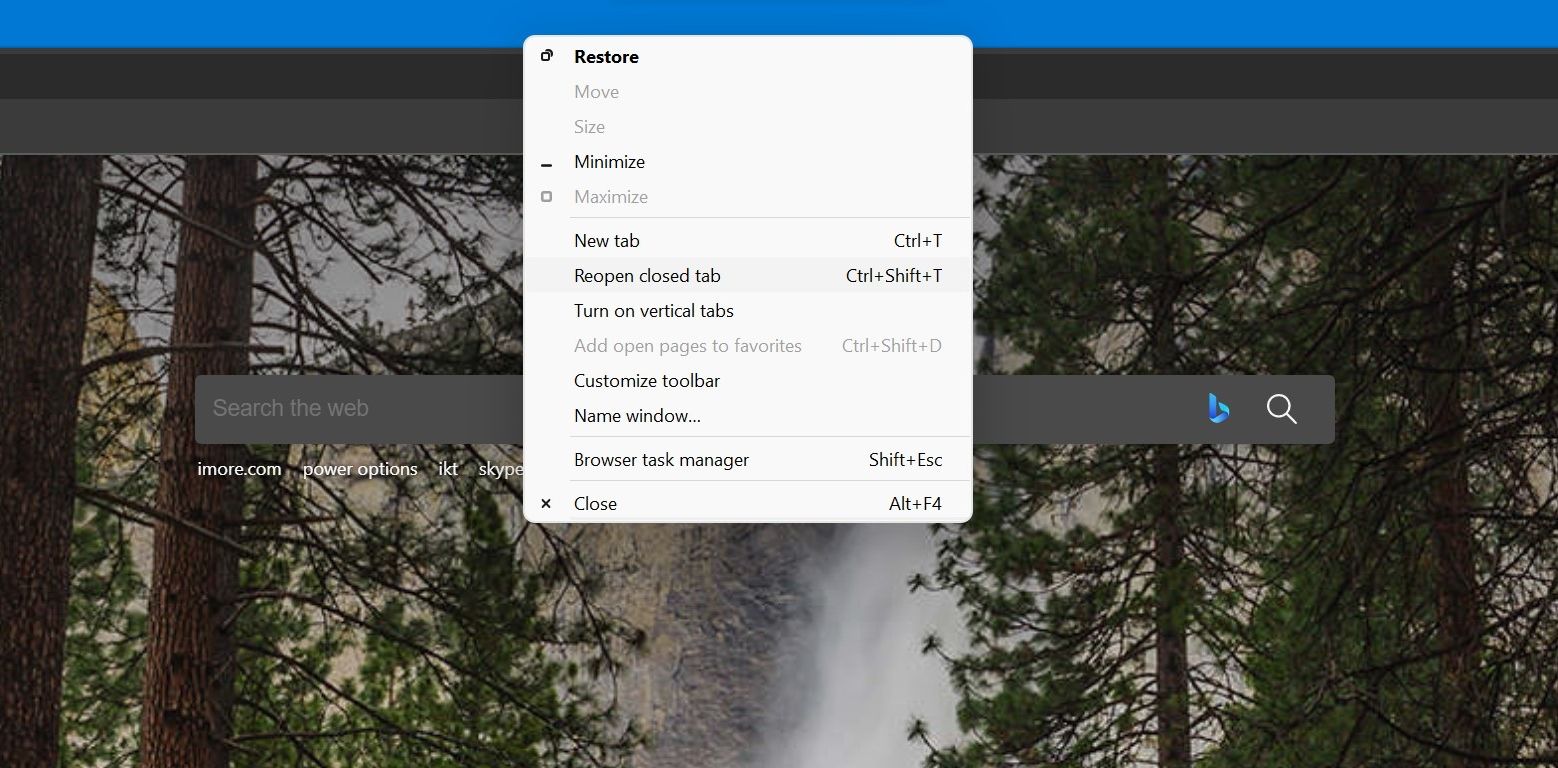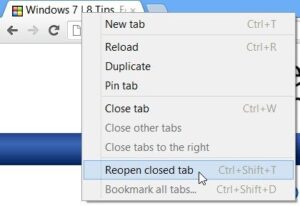
Once you complete the steps, when closing the browser, extensions and other services will also be terminated, freeing up resources and improving battery life. Turn off the Continue running background apps when Microsoft Edge is closed toggle switch.
 Click the Settings and more (three-dotted) button from the top-right. To stop Microsoft Edge from running in the background after it's closed, use these steps: Simply double-click the Edge shortcut on the desktop and you can open Edge in Private mode automatically.VPN Deals: Lifetime license for $16, monthly plans at $1 & more How to stop background processes after closing on Microsoft Edge %SystemRoot%\SystemApps\Microsoft.MicrosoftEdge_8wekyb3d8bbwe\MicrosoftEdge.exe Copy and paste the following path into the “ Look for icons in this file” box, and hit Enter. In the Properties window, go to the Shortcut tab. To change the icon, right-click on the shortcut and select Properties. Now you can see the newly-created shortcut on your desktop, but it uses the Command Prompt icon. Click Next.Ĭmd.exe /c start shell:AppsFolder\Microsoft.MicrosoftEdge_8wekyb3d8bbwe!MicrosoftEdge -private When the wizard of creating shortcut appears, copy and paste the following in the location box. Right-click any empty area on your desktop, and then select New -> Shortcut. Method 3: Create a Desktop Shortcut to Open Edge in Private mode
Click the Settings and more (three-dotted) button from the top-right. To stop Microsoft Edge from running in the background after it's closed, use these steps: Simply double-click the Edge shortcut on the desktop and you can open Edge in Private mode automatically.VPN Deals: Lifetime license for $16, monthly plans at $1 & more How to stop background processes after closing on Microsoft Edge %SystemRoot%\SystemApps\Microsoft.MicrosoftEdge_8wekyb3d8bbwe\MicrosoftEdge.exe Copy and paste the following path into the “ Look for icons in this file” box, and hit Enter. In the Properties window, go to the Shortcut tab. To change the icon, right-click on the shortcut and select Properties. Now you can see the newly-created shortcut on your desktop, but it uses the Command Prompt icon. Click Next.Ĭmd.exe /c start shell:AppsFolder\Microsoft.MicrosoftEdge_8wekyb3d8bbwe!MicrosoftEdge -private When the wizard of creating shortcut appears, copy and paste the following in the location box. Right-click any empty area on your desktop, and then select New -> Shortcut. Method 3: Create a Desktop Shortcut to Open Edge in Private mode 
Select New InPrivate window to open a new window in Private mode. Start your Edge browser, then click on the three dots labelled More actions.

Method 2: Access Private mode from within Edge Browser Microsoft Edge will then launch in Private mode. If you’ve pinned the Edge browser to Start Menu or taskbar, just right-click on it and then click New InPrivate window option. Method 1: Open Edge in Private mode from Start Menu or Taskbar Here are 3 simple ways to open Edge in Private mode in Windows 10. Can I start Microsoft Edge in Private mode from a shortcut? Private mode is a useful feature of Microsoft Edge that allows you to surf without leaving traces (like your history, temporary internet files, and cookies) of your activities on your PC.







 0 kommentar(er)
0 kommentar(er)
